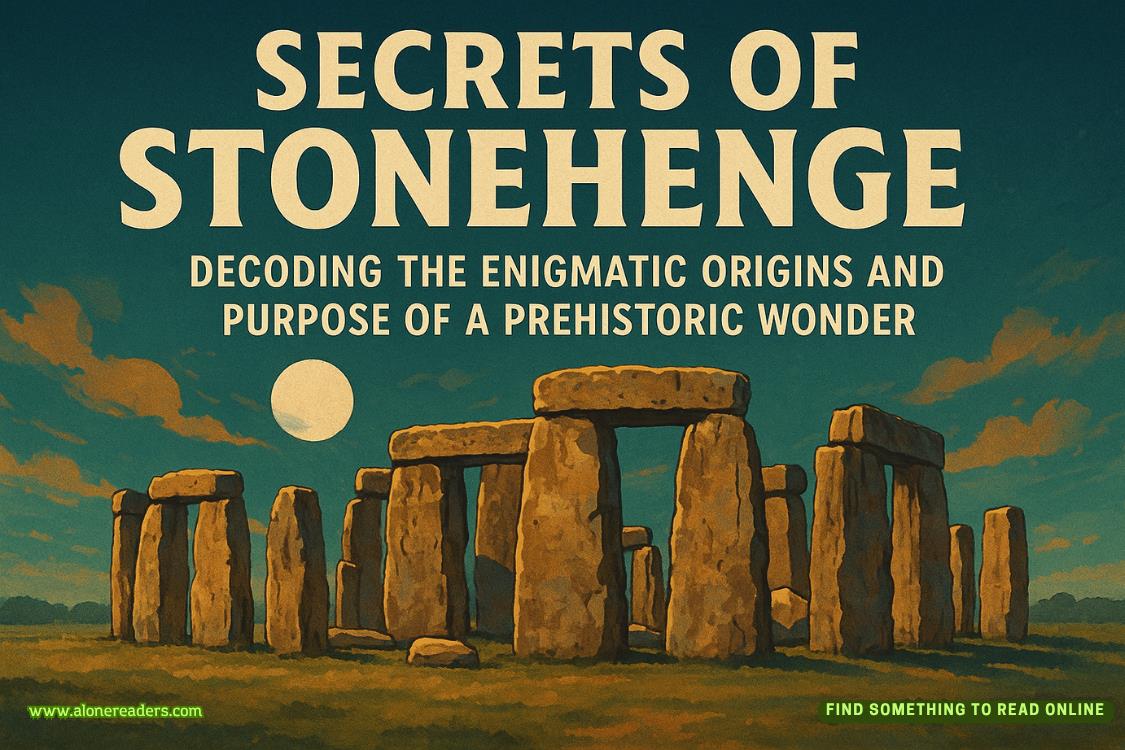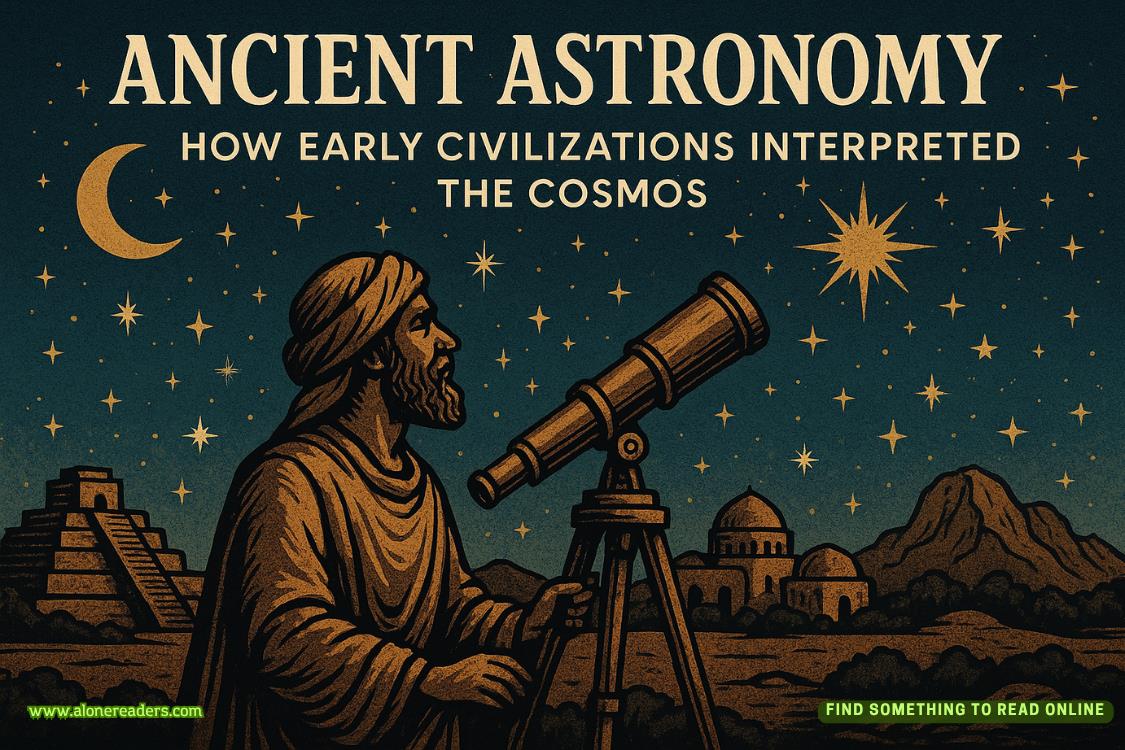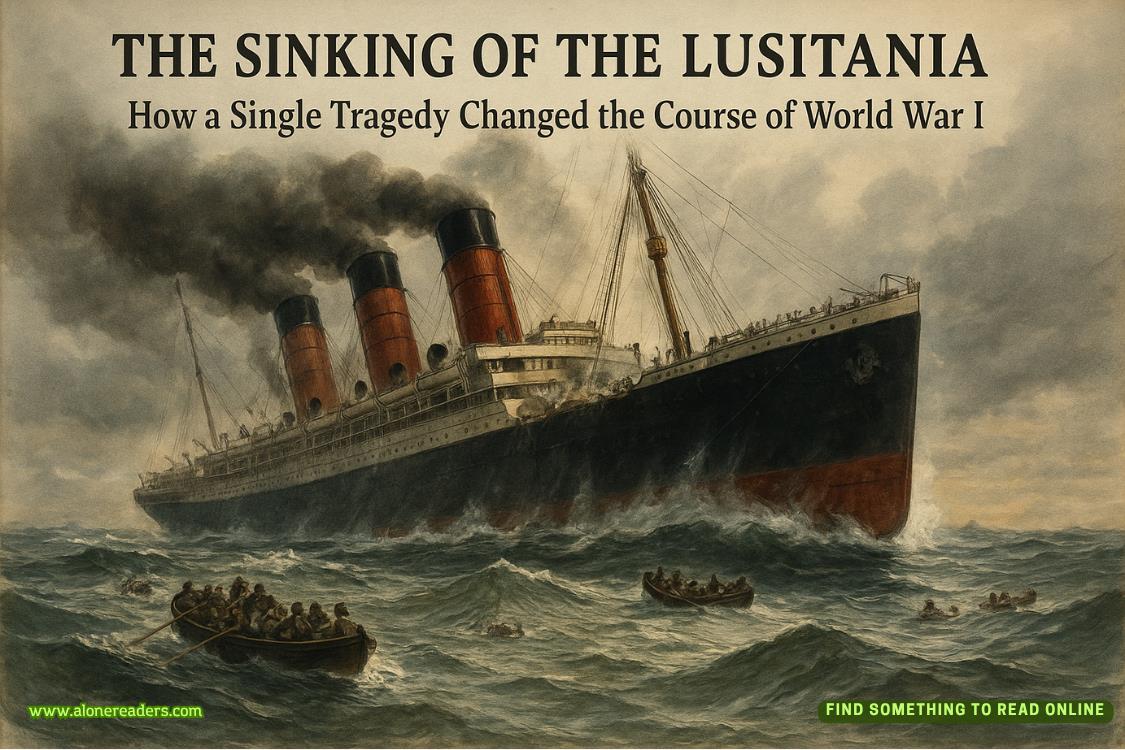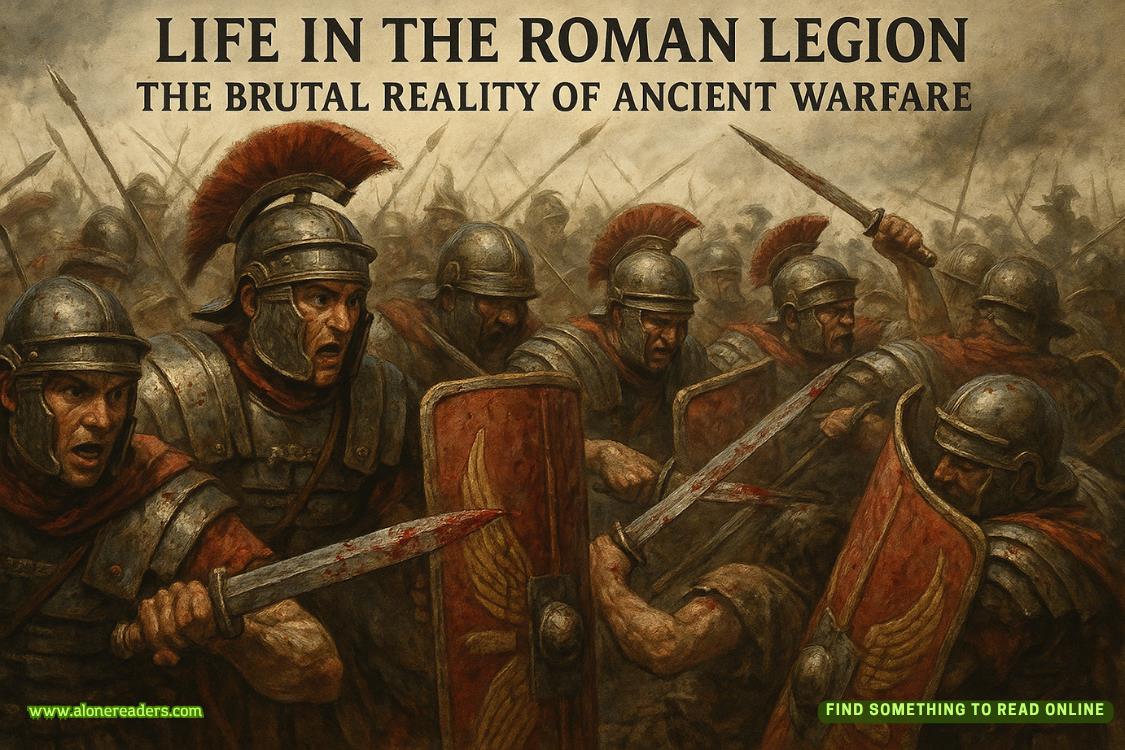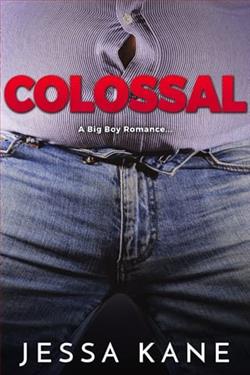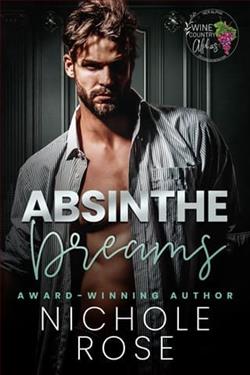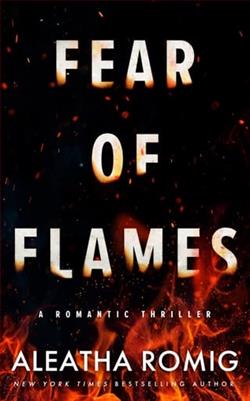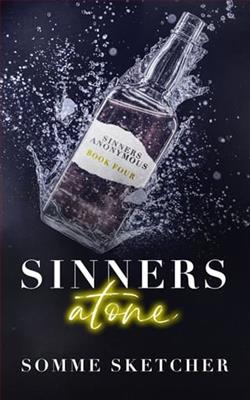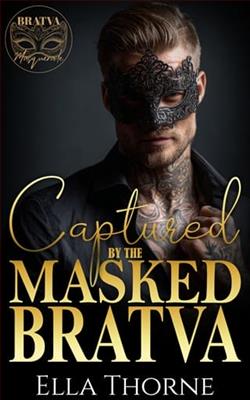Page 91 of The Attic on Queen Street
Nola headed to the first one. “This is so cool.”
I walked slowly toward her, gritting my teeth while humming “Fernando.” The couple glanced over at me before returning their gazes to the display case in front of them. I hesitated, standing behind Nola and looking over her shoulder.
“There’s no picture in this one,” she said, moving aside so I could stand next to her. “Not all of the cases will contain postmortem photographs. I think the purpose is to just show the way people lived in Charleston during the Victorian era by showcasing their personal effects.You know, like how iPhones and Crocs will be displayed in one hundred years to showcase our lives. Or, in your case, spreadsheets.”
I sent her a sidelong glance before turning my attention to the displayed items. Inside lay a partially open gold brooch with a jet inlay; a silver brush, comb, and mirror set; and a crystal perfume bottle with an intact stopper, the bottom cloudy with dark orange liquid.
Nola made a face. “I think that brooch has hair inside it. It must be mourning jewelry.”
I didn’t need to read the sign on the case to tell that she was right. The specter of the old woman wearing heavy black widow’s weeds standing next to us told me Nola was right. After making sure there was nothing about the Vanderhorsts inside the case, I dragged Nola to the next one, which contained a gold pocket watch, a man’s silk embroidered waistcoat, and an engraved snuffbox. A framed sepia portrait of a middle-aged man sitting on a sofa and smoking a pipe sat amid the detritus of his life, the man identified by the plaque on the front of the case.Henry Pinckney Middleton.I didn’t have time to figure out any family connection, as I was aware of the growing number of dead Victorians now following our progress around the room.
I moved quickly to the next case, forcibly moving Nola with me and humming loudly enough now to make the older couple surreptitiously exit the exhibit room. I stopped humming long enough to shout out, “I’m sorry!” before resuming, the growing murmur now like that of a boisterous theater audience after the curtain has closed.
I heard a baby crying before we’d looked through the glass of the next case, preparing me ahead of time for what I would see. I heard Nola’s intake of breath and knew it was too late to warn her. Behind the glass sat an elaborate silver frame containing a sepia photograph of a young girl propped up on a sofa, a toddler girl in her lap, the eyes of both unnaturally closed. On either side of the girls sat two younger boys, perhaps brothers, in a macabre final family photo. A charm string sat draped over the frame, matching the one wrapped around the girl’s hands in the photo.
Nola leaned down to read the plaque. “ ‘Anne Fraser Heyward, agetwelve years, nine months, and Eliza Drayton Heyward, age two years, six months. Victims of diphtheria outbreak.’ ” She straightened, her gaze fixed on the photograph. “That’s so sad.”
I nodded, my throat too tight to speak. The bright buttons threaded on the charm string winked under the bright overhead lights. I was almost glad that I didn’t have time to linger, so I wouldn’t have to contemplate the meaning of an unfinished charm string. I shifted my gaze to the front of the case, where a monogrammed sterling silver baby’s cup sat next to a gold ring, the inlay made of fine blond hair. I was about to ask Nola if she knew if people actually wore mourning jewelry or if it was just something to have and remember when I felt a tap on my back. I eagerly dragged Nola with me to the next case, the rustling of long skirts brushing the wood floors and the heavy scent of pipe smoke following closely.
I kept hold of Nola’s arm to keep us moving, glancing into each case long enough only to see if there might be anything inside related to the Vanderhorst family. Nola yanked me back to the last vitrine on the second wall. “Look—it’s a Frozen Charlotte.”
I stopped briefly to see the naked and very pale three-inch ivory doll with rouged cheeks and blond hair. “Lucky for her, she came without her coffin accessory.” I kept hold of Nola’s arm as we moved to the next wall. “Didn’t Beau say that his grandmother collects Frozen Charlottes? I can’t imagine why.”
Nola was silent as we moved quickly past the first vitrine; then she jerked me back at the next. “Evangeline,” she said, loudly enough for me to hear over my humming, which had changed from “Fernando” to “Honey, Honey.”
I stopped at the name, returned to the case I’d just passed, and looked inside. A large unframed photograph had been put behind plain Plexiglas and displayed in the back of the case. Most likely taken from the vantage point of one of the city’s many church steeples, the picture showed a large swath of burned Charleston city blocks, blackened debris the only evidence of the structures that had once stood. Puffs of whitesat suspended like final breaths, frozen atop rubble piles. The acrid scent of smoke filled my nostrils, constricting my airway.
“Oh, my gosh,” Nola said, pointing toward the far-right edge of the photograph. “That’s the back of our house, isn’t it? The garden’s not there, but I recognize the back door and the windows.” She leaned closer. “And I’m pretty sure that’s the cistern, right?” She pressed her finger against the glass and slid it to the right. “Making that”—she tapped her short nail twice—“the kitchen house. Or what was the kitchen house.”
She was right. Even though only a rear-view sliver of the main house was visible in the photograph, I recognized it. I felt like a mother distinguishing the top of her child’s head in a crowd, and my heart leapt with recognition. My gaze slid past the backyard to what had once been the kitchen house. All that remained were the brick steps, the same steps seen in the portrait of Captain John Vanderhorst, with the brown dog sitting at the bottom.
Nola leaned down to read the plaque on the front of the vitrine. “ ‘The north side of Tradd Street following the great fire of 1861. Artifacts recovered during rebuilding the area now known as Ford Alley.’ ”
Feeling the press of the growing crowd behind me, their shouts erupting into a cacophony of indecipherable words, I began humming more loudly as my gaze scanned the contents of the case, my eyes immediately alighting on a nearly completed embroidery sampler, dirt spots smearing the white linen, a blue thread dangling from a half-sewn capital letter Z at the end of the alphabet.
With precise stiches across the top of the sampler was the single nameEvangelinefollowed by1860. A border stretched across the top, its repeating pattern a recognizable one. The face of a brown dog with pink tongue followed by an angular gold-embroidered design lolled against the top border, the last dog face singed by flames.
I took out my phone, and after making sure that the flash was off, I began snapping pictures of the plaque, the old photograph, and the sampler, eventually moving to the rest of the artifacts, which I hadn’tnoticed before. A blackened soup ladle that might have once been silver, a cast-iron pan missing its presumed wooden handle, and what appeared to be a very old and very bent wire whisk. This last item made me draw in my breath. I had just snapped the last photo when Nola jostled my arm, turning my attention to the woman standing in front of us, a name badge on her blouse identifying her as Dorothy.
She had a perfect helmet of blond hair and a kind face, ideal for dealing with excitable groups of schoolchildren and the occasional obnoxious tourist. “Excuse me, ma’am. Is everything all right?”
I smiled at her. “Yes, thank you.”
She smiled patiently, reminding me of my third-grade teacher, Miss Blumberg, when I asked to go to the little girls’ room for the third time during math. “We’ve had some complaints from other patrons about loud singing....”
“I wasn’t singing. I was humming.” I considered telling her about the old man wearing a Clemson baseball hat currently standing behind her and wanting to tell her something, but I didn’t think this was the time or place.
Nola tugged on my arm, pulling me toward the exit. “No worries. Sorry for any disruption—my stepmother gets carried away sometimes when looking at historical artifacts. We’ll go now.”
She didn’t let go of my arm until she’d led me down the two flights of stairs, through the lobby, and out onto the front steps. I leaned against one of the handrails, catching my breath and keeping an eye on the front doors to see if we’d been followed by anyone—living or dead.
“Wow,” Nola said. “I’ve never been asked to leave a museum before.”
“She didn’t ask us to leave,” I corrected her, although it wouldn’t have been my first time. “Besides, I think we saw enough.”
“That was her, wasn’t it? Evangeline.”
“It’s possible. But we don’t have any concrete proof.”
